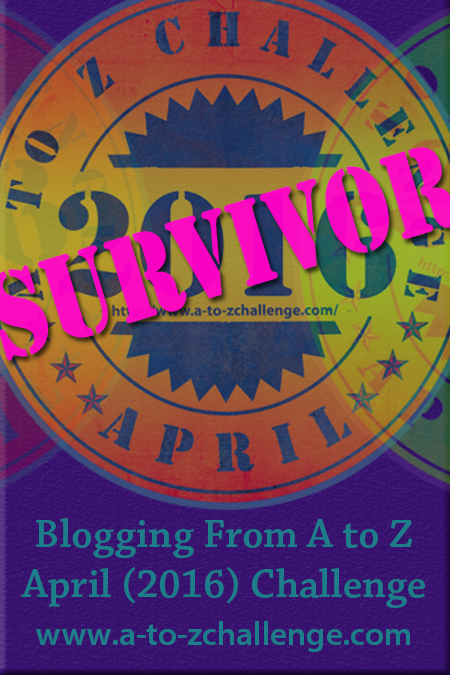Arizona
Camping
The Great Outdoors | Organ Pipe Cactus National Wilderness
Tuesday, May 17, 2016TheCambrians
We didn’t know much about Organ Pipe Cactus National
Monument U.S.
I’m not sure if this last fact would have dissuaded
us or not but if it had, we would’ve missed out on an extraordinary camping
experience.
The park is located in southern Arizona Sonora U.S.
The approach is working. Since the park has fully
reopened day-visitors have increase by 25% and campers by 41%. But the problem
of illegal migration and smuggling still exists. The Border Patrol arrests
approximately 20 people a day in and around the park boundaries and park rangers discover human remains in the
desert, on average, once a month. Signs warning
visitors of the dangers are posted throughout the park but it’s not something
that was ever a safety concern for us or other visitors – people coming into
the country illegally aren’t interested in being seen.
The 516 square mile park is incredibly diverse and
is home to 28 species of cacti with the greatest concentration in and around the
slopes of Ajo Mountain
The park provides several services including ranger patio
talks at the visitor’s center, shuttles to trail heads, a ranger-led visit to Quitobaquito
Springs (can’t really recommend that one), guided ranger hikes, ranger programs
at the amphitheatre and a ranger-led Mount Ajo van tour. The 21-mile Ajo Mountain Drive
The Twin Peaks Campground, at first glance, seems
pretty generic. It’s basically shaped like a large bell with row after row of
campsites, 208 of them (34 tent-only and 174 pull-through RV sites), and not
someplace that would normally appeal to us. But it’s well thought out and
incorporates the beauty of the desert in its design giving campers a front row
seat to the best show in the house: the sun setting over the vast Sonoran Desert
Do you like camping? Where do
you like to camp? And where’s your favourite campground? Join the conversation
below in our comments section or on our Facebook page – we love hearing from
you!



















6 comments
I'd head of Organ Pipe, but didn't know much about it or that it had been closed. When we were at Big Bend National Park in Texas there were similar issues with illegals crossing, but I don't think issues with violence and smuggling like at Organ Pipe. I found it so strange in the border areas in the States to have to go through checkpoints.
ReplyDeleteThere's still an issue with smuggling but I think they've been able to take the high-speed chases out of it for the most part. We only saw individuals coming across illegally (in BP custody) -- it was difficult to see and heartbreaking.
DeleteWhat a beautiful place. We enjoyed Big Bend National park way back in the mid-1980's when we lived on the Mexican border in Del Rio, Texas. My favorite place to go on a road/hiking trip is the 4 corners area of NM,AZ, UT, and CO. All the ancient ruins in that area are the attraction for me, and the desert scenery. Plus rock hounding. Last trip, out in the desert, I came upon a ledge that was literally littered with dinosaur bones. It was amazing. Of course, they looked like ordinary red rock, but upon closer inspection you could see that the red was surrounding a core of bone. All of this while visiting a remote ruin 10 miles off the main road. We were the only visitors. A highlight of my life, literally.
ReplyDeleteThat's amazing!
DeleteBeautiful destination and photos! The more I read about Arizona... :-)
ReplyDeleteI remember in Big Bend, it was a bit tricky as well. It was a hot day when we were there, after visiting Mexico for many months. I swam across a little stream, hanging out on the bank across, when my husband noticed what I was doing and yelled: "I think you made it back to Mexico! Better hurry over here, before you are seen as an illegal!" So, my sunbathing on the bank was very short-lived.
I really wanted to get down to Big Bend but it was going to add hundreds of miles to the trip. From what I understand though, it's worth the effort!
Delete